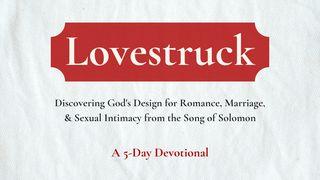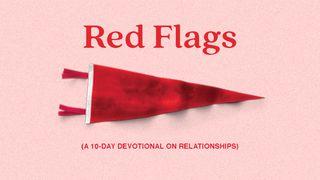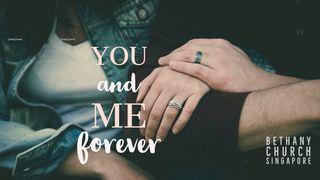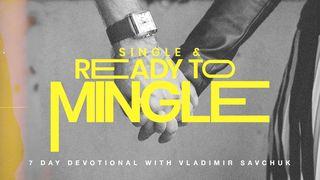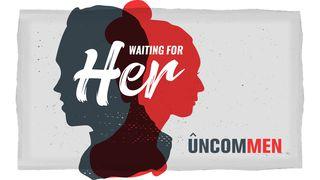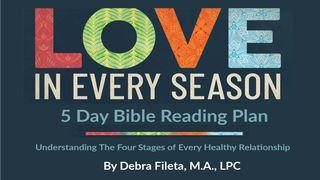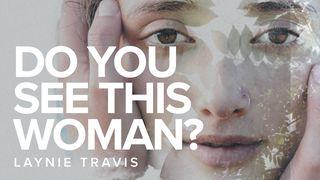Will You Marry Me?Sample
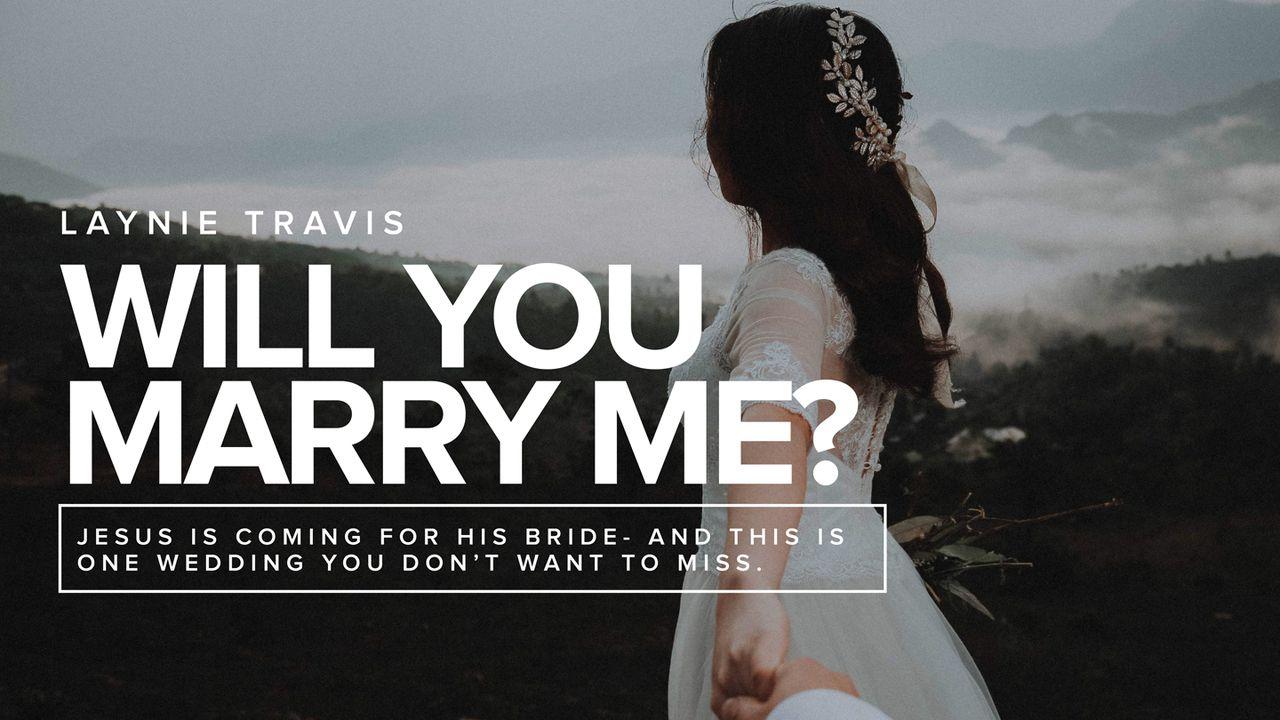
Put a Ring on It
Let’s kick off this study by understanding the customs of a bride in ancient Jewish culture so we can fully appreciate the marriage symbolism in the Bible and see how we fit into the picture today.
Just for fun, I’m going to invent a fictional couple to walk us through the Jewish wedding process: Jack, a 20-year-old Jewish farmer, and Diane, an 18-year-old Jewish maiden. Ah, to be 18 again.
Diane the maiden would be expected to marry a Jewish man, and Jack the farmer would probably already be aware that Diane was a prospect. Both sets of parents might have discussed this when they were very young, but now that they’re of age, they’ll be involved in the process, too.
Let’s say that Jack and Diane run into one another at the village well. (Wells were usually located outside the village and were known as social hubs. They were kind of like a modern-day Starbucks!) Their eyes meet and there’s definitely some chemistry. They make small talk, and it’s all he needs to know that she’s the woman he wants as his bride.
The first step in the Jewish wedding process was the betrothal, which is similar to our engagement period, but has some crucial differences. For starters, Jack the farmer would hold almost all the responsibility of planning and paying for the wedding. Yes, you heard me right: The man was the wedding planner. Ladies, can I get an amen?!
The betrothal would begin with the groom’s father choosing a suitable bride for him. Now, Jack could and most likely would have a say (ahem, Diane), but the father did the final choosing. Next, the father and his son Jack would approach the chosen girl’s family and present a marriage contract to them called a “ketubah” outlining promises and provisions Jack would make to her.
This betrothal process was a binding contract. The couple would actually be legally married once this contract was signed, but they would not consummate the marriage until after the wedding ceremony.
Both parties would willingly enter into this contract and wait until the day their marriage ceremony arrived. During this betrothal period, the man and woman could not be seen together and wedding preparations would be in the works.
Ending the betrothal would require a divorce—or worse, death. It wasn’t something the bride or groom could just casually change their minds about. This was a huge decision.
Read through today’s verses and notice the parallels between these first steps in the betrothal process and our faith walk. Can you see it? God set up the Jewish wedding picture to be an image of our relationship with Him. He chose His son Jesus for us, just as a Jewish father would choose a bride for his son.
Trust me: it gets better. Over the next few days, we’re going to continue learning about the steps in this intricate process and then apply them to our spiritual walk.
For now, know this: you were chosen by God. Do you choose Him too?
Note: To learn more about the Jewish betrothal and wedding process, check out the book “Chosen and Cherished: Becoming the Bride of Christ” by Edna Ellison, Joy Brown, and Kimberly Sowell. It’s a great resource that helped inform this study
About this Plan

The Bible is full of wedding language and metaphors that explain the significance of marriage. Why is marriage so important to our Creator? Jesus our bridegroom passionately pursues us and invites us to be His bride! He gives us clues throughout the Bible that show what He intends for this love relationship to look like. Jesus is on His knee pleading for your hand in marriage. Will you say yes?
More
We would like to thank Laynie Travis for providing this plan. For more information, please visit: https://www.laynietravis.com
